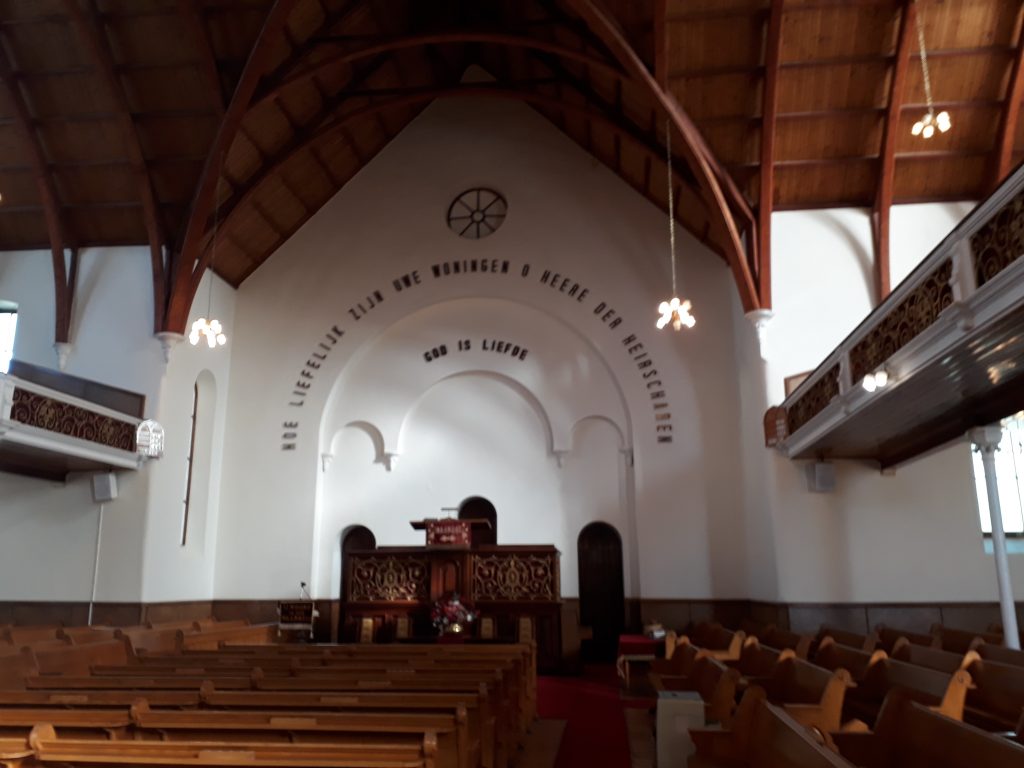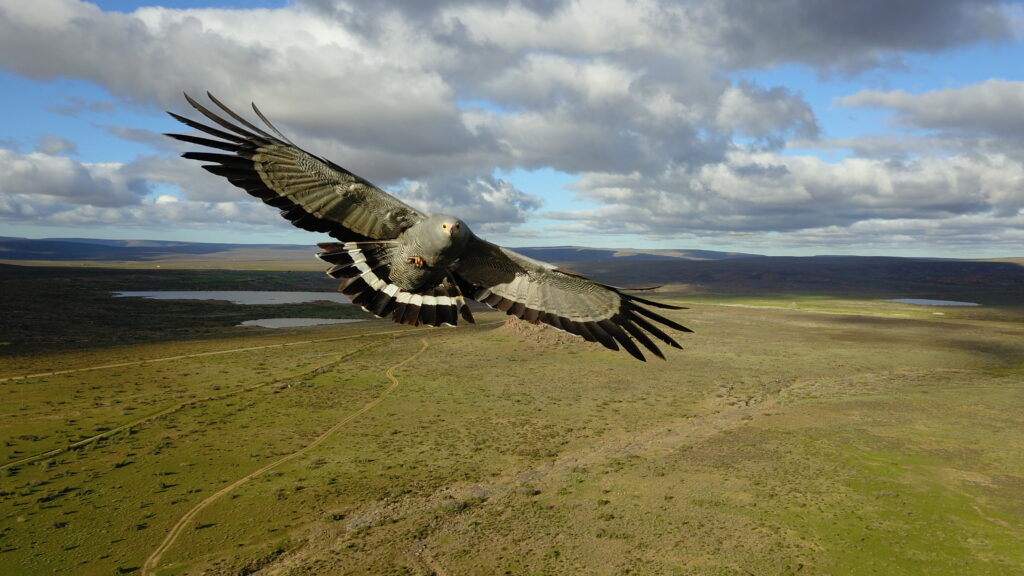In the Beginning … a Brief History of Sutherland
Sutherland on Foot – A historic excellent tour with Amanda du Preez from Visit Sutherland info will share her passion about The town of Sutherland and surroundings with you. – Daily tours at: 09:00 and 11:00 – bookings are essential please. Thank you very much.
Amanda: +27 (0) 76 898 6701 / 064 657 06 93 office
Sutherland is in the heart of the Roggeveld region – named in reference to the naturally occurring wild rye grass (Secale africanum). Early scouts considered it to be promising for sheep farming, which is why pioneer farmers ventured over awe-inspiring terrain, across immense distances and forbidding mountain ranges to settle in the area.
After the arrival of the first white pioneer travellers and farmers in the 1700s and early 1800s, the Dutch East India Company advanced capital for the establishment of farms across vast tracts of land. These farms are today written into the region’s history with Dutch names like Uitkyk, De Guns Fonteyn, Klipfontein, De Knolle Fonteyn (Kanalfontein), De Jakkalsfontein, De List and Cylenberg.
Despite clashes with the resident KhoiSan populations, the settlers remained.
They were part of the Worcester district, whose religious well-being was overseen by one Dominee Henry Sutherland. In time, the Dutch Reformed Church bought De List farm as a church farm to serve the population of the Middle Roggeberg. They held their inaugural church advisory meeting in 1855 as the “Middel en Kleinroggeveldsche Gemeente” (Middle and Small Roggeveld Congregation).
1855 turned out to be a big year for this new community. Until then, they had fallen under the legal jurisdiction of Fraserburg, but that year they erected a large stone building as a local jail, planned extensions for a hospital, and with that took their first steps towards self-governance.
Two years later in 1857, the Worcester Municipal Council instructed that the farm De List be divided into 50 properties which could be sold to private individuals to form a church town. The town was to be named after Ds Henry Sutherland.
In 1858 the cornerstone of the first church was laid and in November of the same year the first properties were auctioned and the hamlet of Sutherland officially became a dot on the map of the world.
Community
Sutherland’s moedertaal (mother tongue) is Afrikaans but most people speak English as a second or third language. What their English may lack in polish is amply compensated for in sincerity and warmth. And thanks to their convivial country hospitality and old-fashioned manners, they won’t hold it against you if you happen to mangle their language in return.
Stick around long enough and you’ll get to know the locals by their nicknames. There’s a story – often hilarious – to each one. Unfortunately, these tales don’t translate as well in written language, so best you spend some time in Sutherland for that.
Generations of pioneering hardships in this remote place, far from outside assistance, taught Sutherlanders the value of a tight-knit community. They learned to pull together through the tough times and to celebrate the good ones. The annual dankfees, a thanksgiving service and town festival, involves the entire community in offering thanks for their many blessings.
They try not to be smug, but it boils down to their being really grateful that they live in such a unique and beautiful place.





